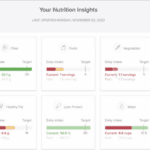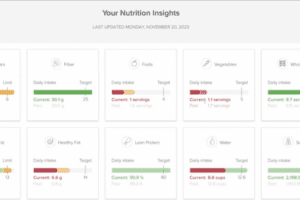After many years as a black sheep of the healthcare family, the wearable is coming into its own. This has been signaled in no uncertain terms by Google, a kingmaker if there ever was one, which recently acquired wearables giant Fitbit for $2.1 billion.
As influential and cash-rich as Google is, though, I don’t think even the big G is capable of forcing a market to come together single-handedly. In fact, I see the acquisition as more of an effect of converging forces and trends, including the following:
- Larger providers are reaching the point where they to see the value of collecting healthcare data from virtually any source they can identify.
- The maturation of artificial intelligence technologies, especially machine learning, has added new purpose and power to providers’ data analytics projects.
- A growing number of use cases (such as this one) are emerging, lending strong support to the idea that AI-fueled big data projects can make a major clinical and financial impact.
- A growing number of consumers are beginning to buy into the idea that health data can be used not only stay in shape but also to improve the health in other ways,
- Wearables are beginning to clear regulatory hurdles, with several obtaining FDA clearance or approval during 2019 including devices treating irritable bowel syndrome and ADHD and tracking vitals and heart rhythms.
You may notice that few of the trends I identified relate directly to the wearables themselves. Yes, the sheer mass of users, which is predicted to hit 48.5 million by 2022, is a factor in the importance giants like Google have now assigned to the market. However, the mere growth of user acceptance has done nothing in it of itself to make such data more relevant and manageable for clinicians.
Instead, I’d argue, what’s really driven both current and prospective healthcare giants to take wearables more seriously is the emergence of AI as an enterprise-class tool.
Without the kind of intelligent automation AI can provide, wearables data would remain as one more data source physicians don’t have the bandwidth to absorb. But with the right AI tools, which can not only analyze mountains of data but also direct their conclusions to the appropriate parties, it becomes possible to mine such data for unique insights into individual patients’ needs.
Now that it’s possible to transform wearables data into one more factor to be considered in clinical decision-making, wearables finally found a healthcare home. Now, as we move into 2020, we may finally see what patient-generated health data can really do if it’s used to the fullest extent possible.













